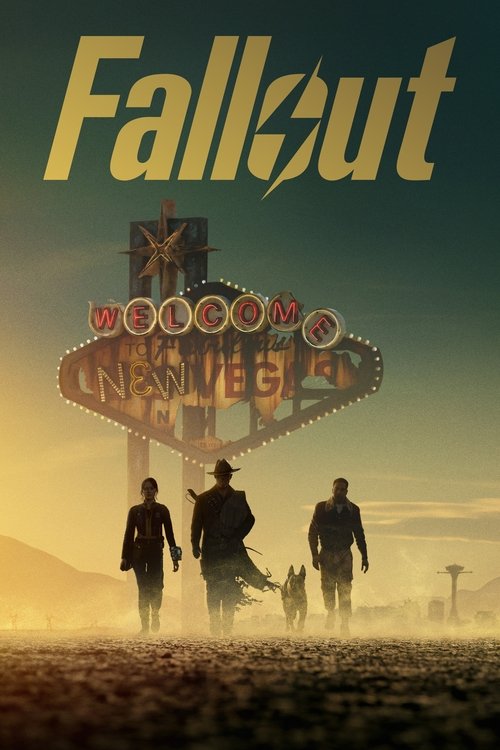
Sorry, we have not watched this yet.

Jimmy is tired of the entire town talking about how great that "butthole" Christopher Reeve is. Jimmy and Timmy decide the only real "crips" are those who were crippled from birth. They then decide to seek out a gang with similar feelings. It's safe to say Stan, Kyle, Cartman, and Kenny are staying out of this one.
Sorry, we have not watched this yet.